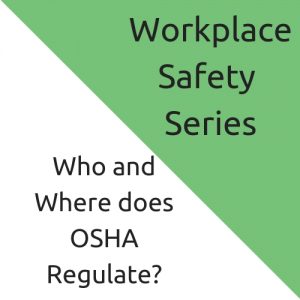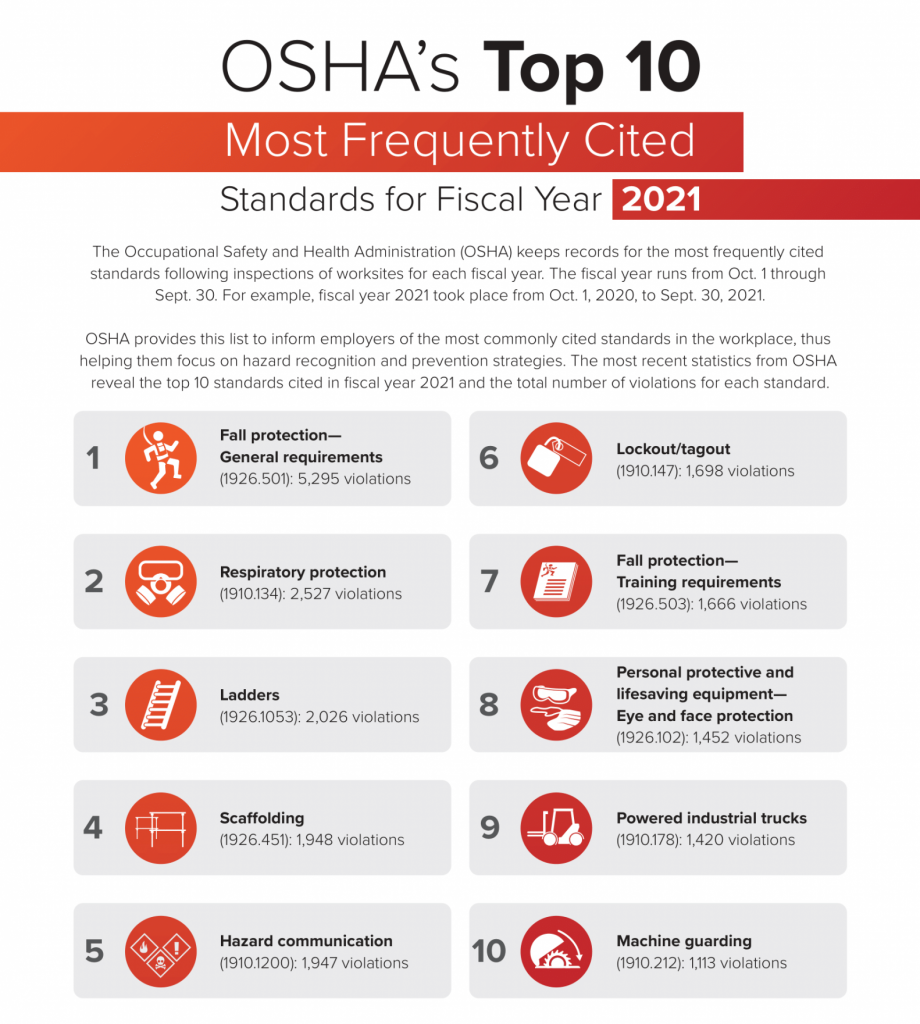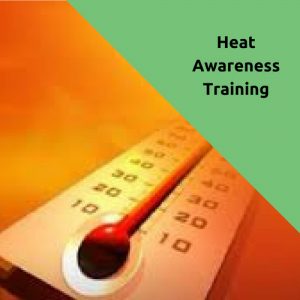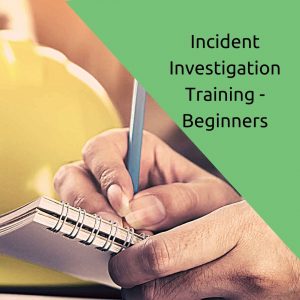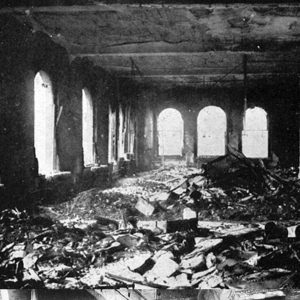Who and Where does OSHA Regulate?
- rules that describe the methods employers must use to protect employees from hazards
- designed to protect workers from a wide range of hazards
OSHA writes standards (also called “rules”) for four industrial groups: general industry, construction, maritime, and agriculture. Where there are no specific standards, employers must comply with the General Duty Clause of the OSH Act.
OSHA issues standards for a wide variety of workplace hazards, including:
- toxic substances
- electrical hazards
- fall hazards
- hazardous waste
- machine hazards
- infectious diseases
- fire and explosion hazards
- dangerous atmospheres
OSHA standards appear in the Code of Federal Regulations (CFR). The OSHA standards are broken down into Parts:
- Part 1910 is known as the General Industry Standards; Some of the types of industries covered by the General Industry standards are manufacturing, the service sector, and health care
- Part 1926 covers the Construction industry
- Parts 1915, 1917 and 1918 are Maritime Industry standards
Learn about the OSHA Inspection process used to apply the standards here
Most Frequently Cited OSHA Standards
Through the years, the same standards seem to be most frequently cited by OSHA. Their position on the list below varies from year to year, but they’re all on the TOP 10 list each year. Visit OSHA’s website on this topic. Just click on the image.
Notice the Fall Protection and Hazard Communication standards: these two standards are usually is at or near the top, so make sure you have an effective hazard communication program. Actually, it’s smart safety management to give priority to each of the top 10 in your safety program.
OSHA Coverage
The OSH Act covers most private sector employers and their workers, in addition to some public sector employers and workers in the 50 states and certain territories and jurisdictions under federal authority. Those jurisdictions include the District of Columbia, Puerto Rico, the Virgin Islands, American Samoa, Guam, Northern Mariana Islands, Wake Island, Johnston Island, and the Outer Continental Shelf Lands.
Private Sector Workers
OSHA covers most private sector employers and workers in all 50 states, the District of Columbia, and other U.S. jurisdictions either directly through Federal OSHA or through an OSHA-approved state plan.
State Plans
State plans are OSHA-approved job safety and health programs operated by individual states instead of Federal OSHA. The OSH Act encourages states to develop and operate their own job safety and health programs and precludes state enforcement of OSHA standards unless the state has an approved program. OSHA approves and monitors all state plans and provides as much as fifty percent of the funding for each program. State-run safety and health programs must be at least as effective as the Federal OSHA program.
To find the contact information for the OSHA Federal or state plan office nearest you, call 1-800-321-OSHA (6742) or go to www.osha.gov.

